The Future of Social Media [Research]: What Marketers Need to Know
Social media has changed considerably since the MySpace days, and it's part of a marketer's job to stay on top of its advancements.
![The Future of Social Media [Research]: What Marketers Need to Know](https://blog.hubspot.com/hubfs/Future%20of%20Social%20Media.jpg#keepProtocol)
Social media has changed considerably since the MySpace days, and it's part of a marketer's job to stay on top of its advancements. You're probably wondering what the social future of social media could look like and how marketers will need to adapt. To answer your question, here are our guesses based on research, data, and current advancements in social media. What is the Future of Social Media? Search on Social Media Instead of Engines More Reliance on Influencers Over Celebrities More Chatbots as Consumers Slide into DMs for Customer Service Through our multiple surveys, research, and additional data, here's what we predict for the future of social media: Now, let's dive deeper into each of these trends. It's becoming more common for consumers to search for products, recommendations, or reviews on social media rather than search engines. According to our 2023 Consumer Trends Report, 24% of consumers between the ages of 18-54 search for brands using social media instead of a search engine. This number jumps to 36% among Gen Z consumers. In a TechCrunch article, a Google exec suggested apps like TikTok and Instagram are threatening two staple Google discovery apps: Google Maps and Google Search. “In our studies, something like almost 40% of young people, when they’re looking for a place for lunch, they don’t go to Google Maps or Search,” said Senior Vice President Prabhakar Raghavan, who runs Google’s Knowledge & Information sector. “They go to TikTok or Instagram.” Why is this happening? Raghavan believes it’s because young adults prefer visual-forward content when it comes to discovery. With more people using TikTok as a search engine, it makes sense the app added more search features to keep users engaged. In August 2022, TikTok tested a feature in which keywords from video comments are highlighted and linked to search results. This serves as an additional way for users to discover new content as they’re scrolling on the platform. Now, when you're watching a video on TikTok you'll notice a small search bar at the bottom of the screen with a keyword or topic associated with it. When you click on that search bar, the app will take you to more videos associated with the keyword. If traditional search engines fail to keep up with consumer needs, TikTok and other social platforms may take the lead in product and content discovery as they prioritize visual content. Another rival for search engines is AI chatbots like ChatGPT. Users can ask ChatGPT questions in the form of prompts and the bot will generate answers to their queries. Though data is limited in regards to how often people use ChatGPT in place of search engines, ChatGPT currently receives about 1 billion monthly website visitors and has an estimated 100 million active users. 80% of influencer marketers work with creators/influencers with under 100K followers while only 16% work with celebrities who have over a million followers, according to our 2023 Social Media Marketing Report. Working with smaller influencers is more cost-effective for brands than working with celebrities. More importantly, consumers trust influencers and creators. In our latest consumer trends report, we surveyed more than 600 consumers. We found 31% of social media users prefer to discover new products on social media through an influencer they follow over any other social format or channel. The number shoots up to 43% for Gen Z social media users. Moreover, 21% of social media users 18-54 have made a purchase based on an influencer’s recommendation in the past 3 months. The number rises to 32% among Gen Z. This is likely because, with influencers who specialize in an area, their opinion is more valuable than a family member's. Say, I’m looking for hiking gear. A hiking influencer who hikes all year long and has a history of reviewing hiking products will probably offer more insight than a friend who went hiking once. As a result, influencers – although strangers – can be deemed more valuable than loved ones. In the future, that trend will likely continue, as content creators are popping up every day. Our survey revealed that 30% of 18-24-year-olds and 40% of 25-34-year-olds call themselves content creators. While not every creator is an influencer, those roles often intersect. Instagram was one of the first social platforms to offer a seamless shopping experience and integration. However, they likely won’t be the last. Let’s set the scene: In a couple of years, Gen Z will have fully joined the working class and will have tremendous spending power. Our consumer trends report found that most Gen-Zers prefer to discover new products on social media — specifically short-form videos. This means that to remain competitive, social platforms will have to offer integrated shopping experiences to keep consumers on the platform. Instagram has already seen great success in this arena, it’s only a matter of time until other platforms follow suit. Our 2023 Social Media Trends Report shows 1 in 5 Gen Z, Millennials, and Gen X social media users have contacted a brand through DMs for customer service in the past three months. Going further, 76% of social media marketers say their company already offers customer service on social media. At the same time, the use of AI chatbots in customer service is on the rise. By 2027, chatbots are expected to become the primary customer service channel for a quarter of businesses. A recent study also found that 62% of respondents would rather interact with a customer service chatbot than wait for an agent to respond. Ch So, we wouldn't be surprised if more brands leveraged chatbots in their customer service tactics in the future, including using chatbots to answer DMs from consumers. Social media moves incredibly quickly, so we can’t say with certainty what the future will look like. But given recent data, we can say it’s likely headed in this direction.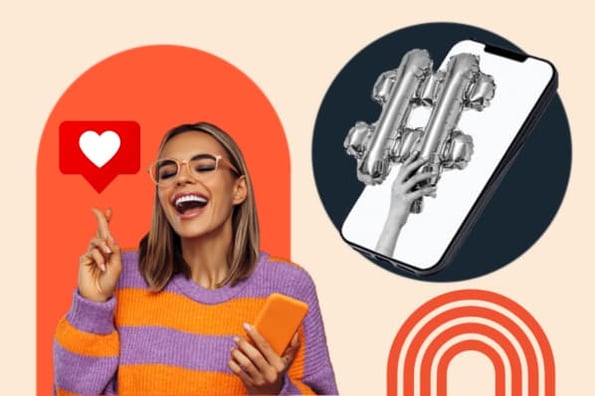
What is the Future of Social Media?
Search on Social Media Instead of Engines
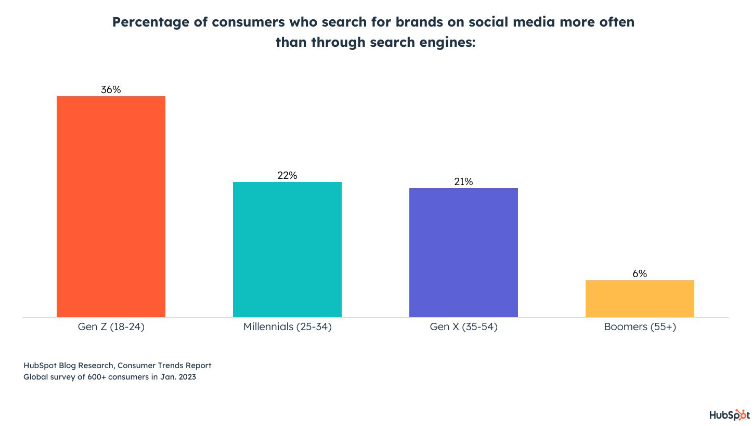
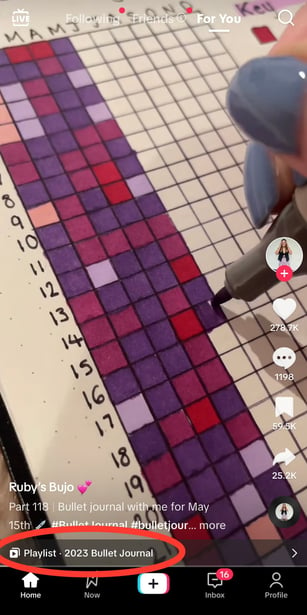
More Reliance on Influencers Over Celebrities
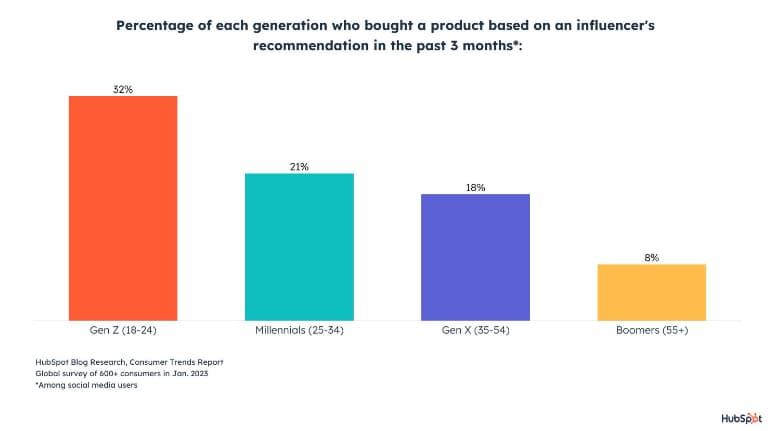
Seamless Shopping Experience on Most Socials
More Chatbots as Consumers Slide into DMs for Customer Service

 ShanonG
ShanonG ![The 2023 State of Social Media Trends [Free Report]](https://no-cache.hubspot.com/cta/default/53/3dc1dfd9-2cb4-4498-8c57-19dbb5671820.png)









![How to Write Professional Yet Kind Rejection Letters [4 Templates]](https://blog.hubspot.com/hubfs/rejection-letter.jpg#keepProtocol)


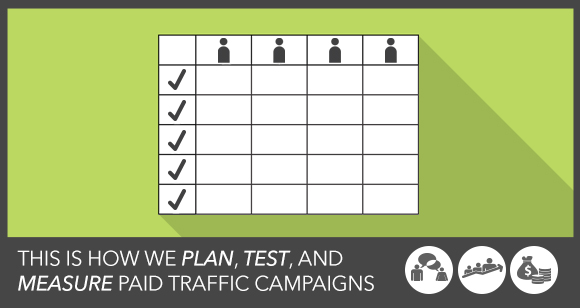

_1.jpg)












_2.jpg)






